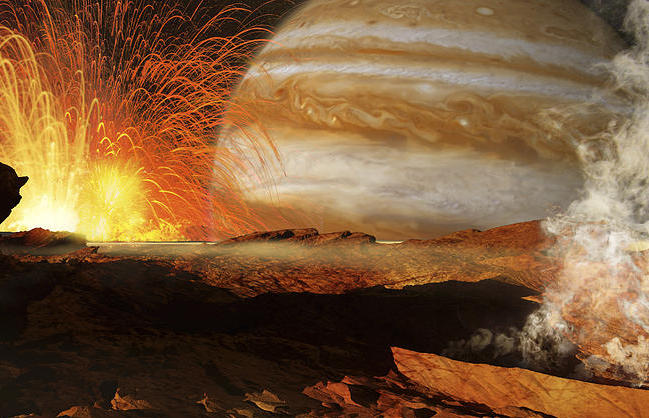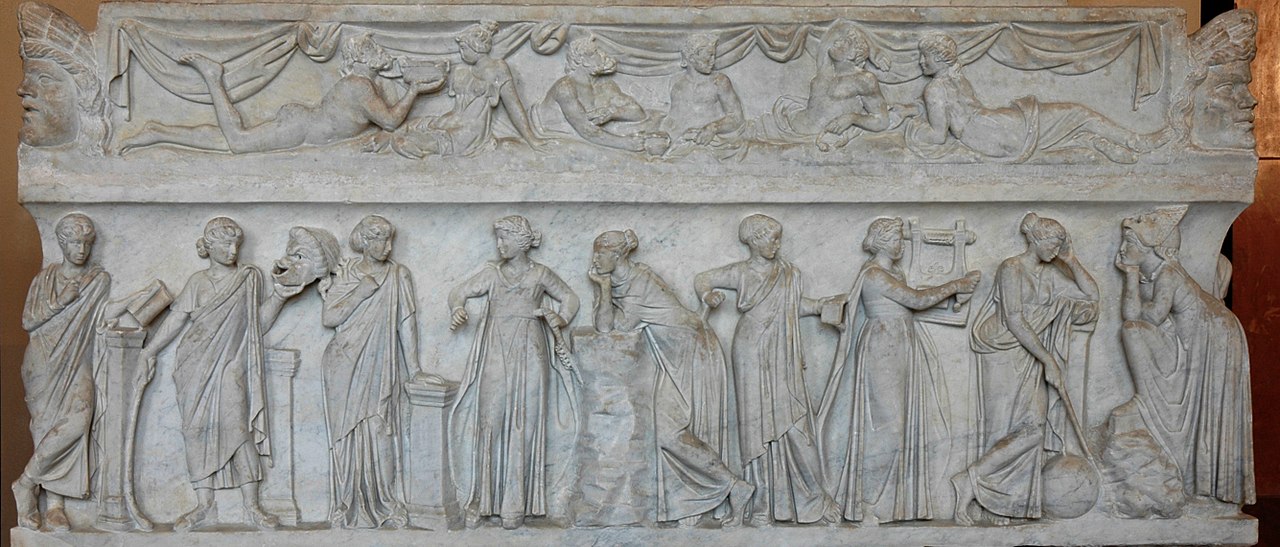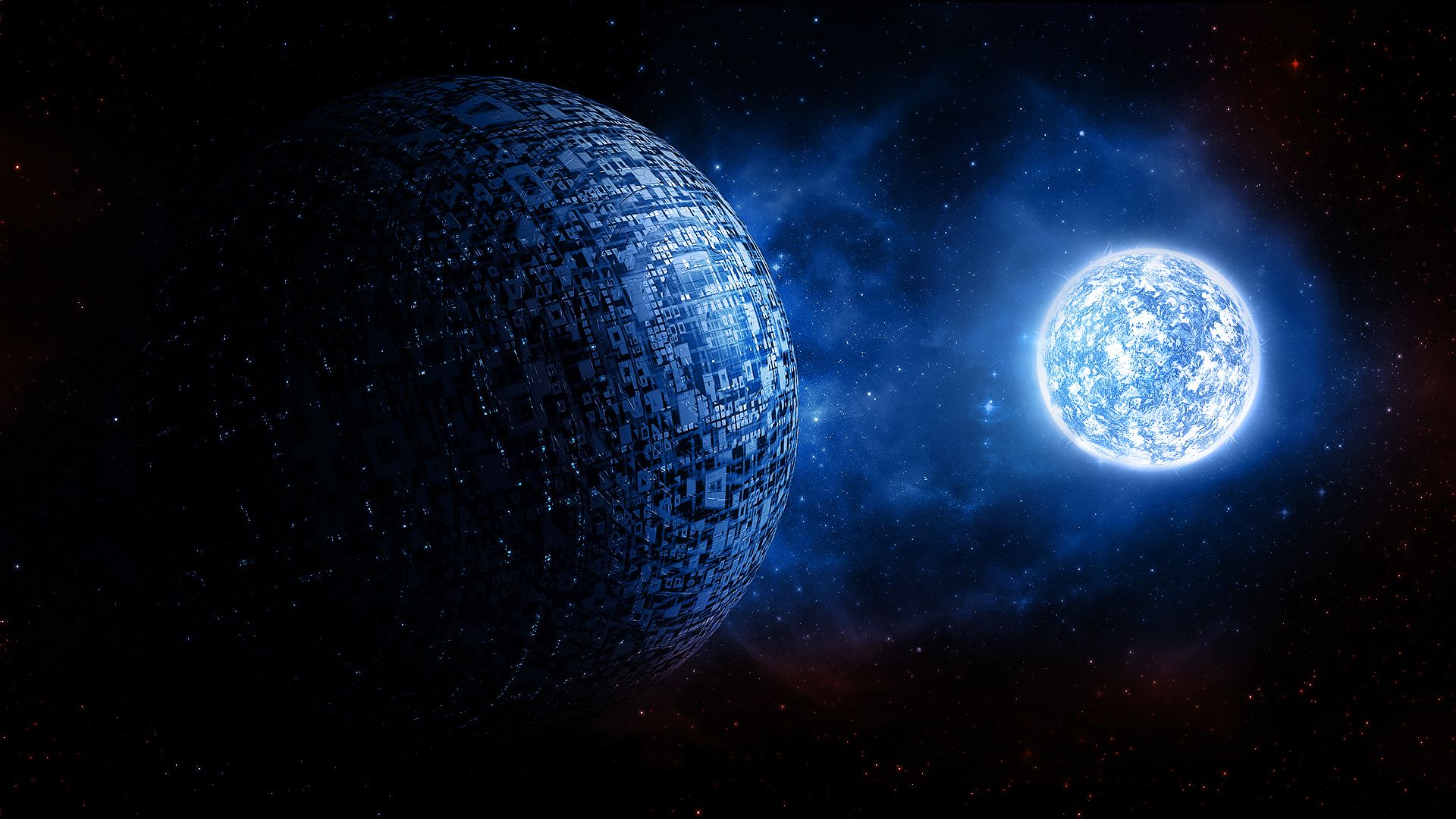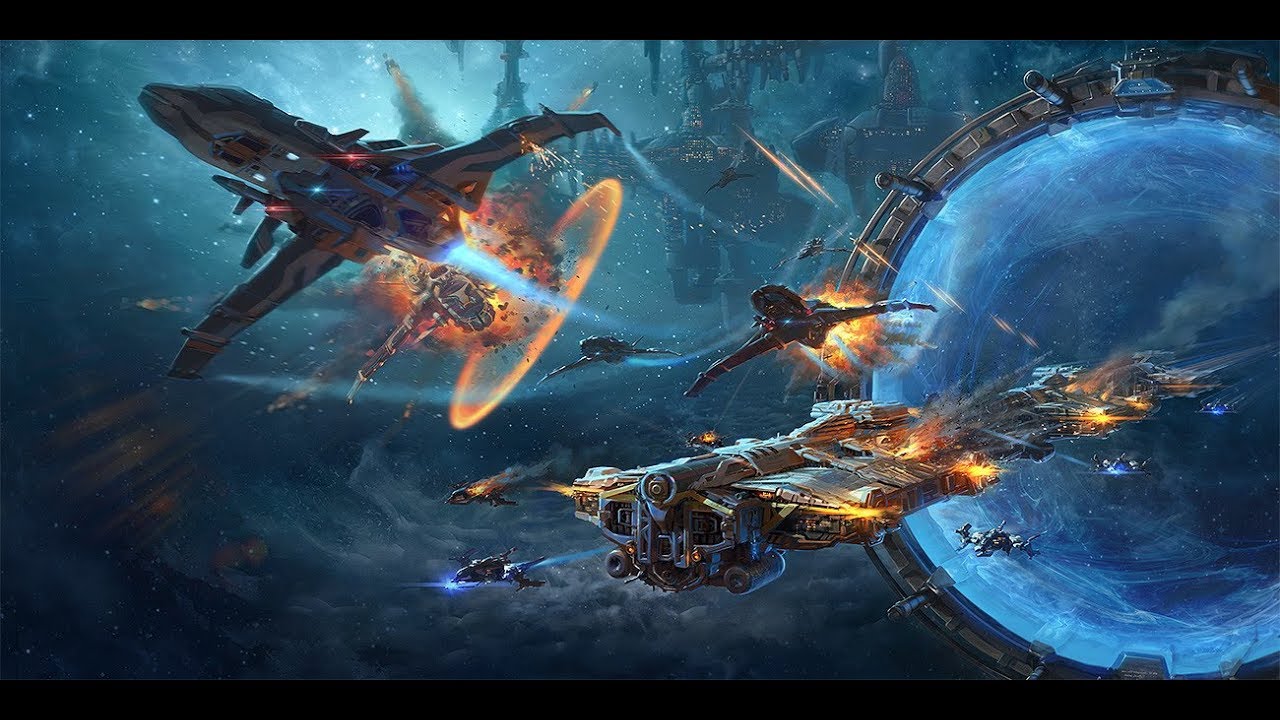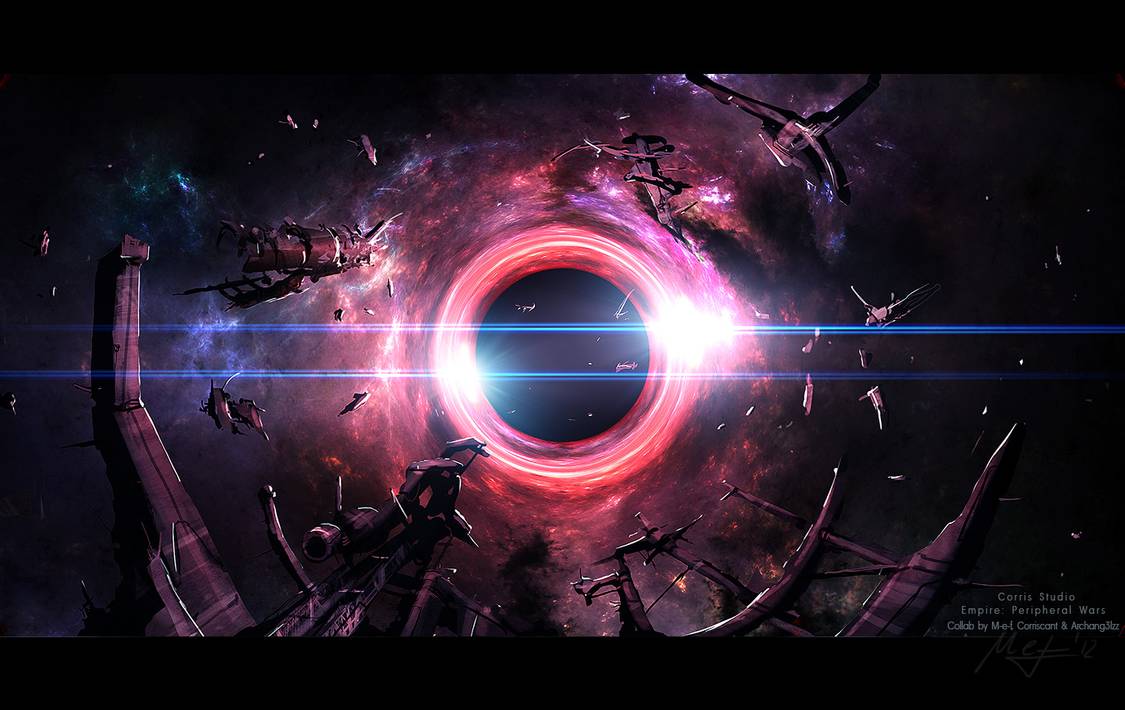Where in the Pact Worlds did you get such a unique drill bit? Ahh, I see you have found my diamadon tooth. It is a one of a kind, you won’t find any that cuts better without using plasma!
Welcome back to Terraforming. I thought we could take a look at one of the moons of Trellidon that hasn’t be altered in any way, named Dracofir. As WBI is a great and philanthropic organization, I am quite sure they left it alone after studying and naming it for completely altruistic reasons.
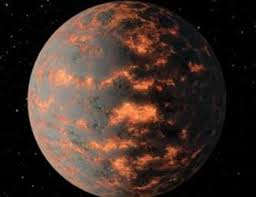 Upon first surveying the system, they found a moon with unique orbital velocity and rotational velocity such that there it manages to have a dark side of the moon that never receives light directly from the gas giant’s partner sun. It does receive glimpses of the sun eclipsed along the horizon of Trellidon for a few minutes each day mixed with random spatterings of reflected light from the many other moons as well as some light from the twin stars on the far side of the system. Couple this orbit with the fact that two other moons orbit close enough to provide tidal forces in opposing directions as they pass and you have a satellite with a dark side that is constantly being reformed by volcanism.
Upon first surveying the system, they found a moon with unique orbital velocity and rotational velocity such that there it manages to have a dark side of the moon that never receives light directly from the gas giant’s partner sun. It does receive glimpses of the sun eclipsed along the horizon of Trellidon for a few minutes each day mixed with random spatterings of reflected light from the many other moons as well as some light from the twin stars on the far side of the system. Couple this orbit with the fact that two other moons orbit close enough to provide tidal forces in opposing directions as they pass and you have a satellite with a dark side that is constantly being reformed by volcanism.
The side of Dracofir that receives sunlight is hot enough during the day that the few lakes it has are generally hot to the touch, and don’t cool down enough at night to freeze. The surface is covered by hot oceans of toxic waters, scorched lands, and frequently changing volcanoes, thermal vents, and rivers of magma. The dark side of the moon is cold enough that it creates a convection currents that tend to provide some warmth to the dark while creating storms of the dust and ash from the volcanoes mixed with the constantly evaporating oceans. The moon doesn’t have seasons, so tourism is a non-starter.
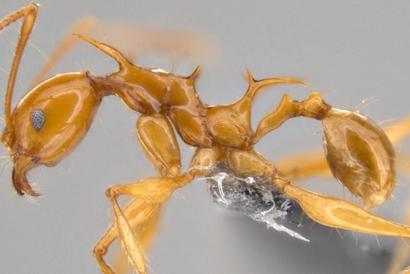 And yet, despite all of this, life has managed to find a foothold. As far as anybody has been able to ascertain, there are no intelligent forms of life living on Dracofir, but the largest and most complex denizens do function as if through a hive mind. The initial studies are incomplete due to being unprepared for the environment, but they felt that they had enough information that no further study was warranted. The diamadon, sometimes called the dragon ant, ranges in size from small to huge, with size generally thought to be a sign of age. They live underground in nests that are similar to an inverted termite mound. They generally start with a thermal vent or lava tube that breached the surface and excavate from there. The caste seems to be made up of foragers, diggers, builders, and warriors. Nobody has seen a nursery, but they are so similar to ants from Ancient Golarion (and Formians as well) that the assumption is that the nursery is near the queen, in the lowest reaches of the nest.
And yet, despite all of this, life has managed to find a foothold. As far as anybody has been able to ascertain, there are no intelligent forms of life living on Dracofir, but the largest and most complex denizens do function as if through a hive mind. The initial studies are incomplete due to being unprepared for the environment, but they felt that they had enough information that no further study was warranted. The diamadon, sometimes called the dragon ant, ranges in size from small to huge, with size generally thought to be a sign of age. They live underground in nests that are similar to an inverted termite mound. They generally start with a thermal vent or lava tube that breached the surface and excavate from there. The caste seems to be made up of foragers, diggers, builders, and warriors. Nobody has seen a nursery, but they are so similar to ants from Ancient Golarion (and Formians as well) that the assumption is that the nursery is near the queen, in the lowest reaches of the nest.
 While they are compared to ants and formians, they are much closer in evolution to a common ant, despite their size and ability to thrive on this moon. They seem to be immune to fire and heat, meaning that they treat lava and magma as a human treats water or mud. When they are near magma, they tend to glow along the edges of their chitinous plates, showing patterns that are otherwise not noticeable on their normally obsidian blackness. Their heads have uniquely shaped sensory organs that create crevasses that also glow from the heat, except that these shapes tend to look like the eyes, jaws, and snout of dragons, given them the monker of dragon ant. As best as the scientists could tell, the diamodon still requires water to live, collecting it in specialized tunnels that are designed to distill water vented from thermal vents. They have no clue what they eat, but suspects it to be some form of plankton like creature from underground reservoirs or the air, or perhaps some type of sulfer based life that hasn’t been discovered yet.
While they are compared to ants and formians, they are much closer in evolution to a common ant, despite their size and ability to thrive on this moon. They seem to be immune to fire and heat, meaning that they treat lava and magma as a human treats water or mud. When they are near magma, they tend to glow along the edges of their chitinous plates, showing patterns that are otherwise not noticeable on their normally obsidian blackness. Their heads have uniquely shaped sensory organs that create crevasses that also glow from the heat, except that these shapes tend to look like the eyes, jaws, and snout of dragons, given them the monker of dragon ant. As best as the scientists could tell, the diamodon still requires water to live, collecting it in specialized tunnels that are designed to distill water vented from thermal vents. They have no clue what they eat, but suspects it to be some form of plankton like creature from underground reservoirs or the air, or perhaps some type of sulfer based life that hasn’t been discovered yet.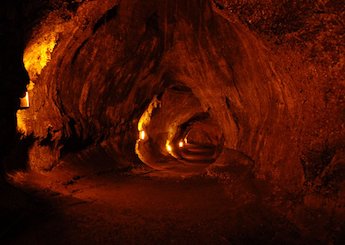
How they came to evolve on Dracofir is a mystery and some even think they were transported there. What little data form the studies that survived the evacuation show that they are hostile to all creatures not of their nest. Simply running into a single diamadon from a neighboring nest starts a chain reaction of events that culminates in an all out war between the nests, in which one nest is completely wiped out. They apparently rely on the queen and the nursery to replenish numbers instead of taking on the survivors. Additionally, there was no observance of a nest splitting into two when a new queen was ready, so there is no information on how they repopulate after wars, disasters, or a queens old age. (If there is, in fact, a queen at all.)
Well, that looks like enough for tonight. I wanted to step away from the actual terraforming of worlds to create other worlds and add a world that is bizarre and yet has elements we might recognize and theoretically still possibly exist. I didn’t run any mathematic equations on the orbits of the stars, gas giant, and moons to compare against a rotational velocity to ensure that we could in fact have a moon that somehow always has a dark side. I just thought it would be neat. I wanted a creature that could survive extremes, but I haven’t yet decided it they evolved here or not. They actually changed quite a bit from when I first sat down to write this. Perhaps next time we can learn more about Dracofir and the Diamadon.

